The relationship between humans and dogs represents one of nature’s most remarkable partnerships. For thousands of years, certain breeds have demonstrated an extraordinary ability to form intense, almost mystical connections with their human families. Yet not all dogs seem equally equipped for this profound bonding experience.
What drives some breeds to become so deeply attached while others remain more emotionally independent? The answer lies in a fascinating interplay of genetics, selective breeding, and neurochemistry that scientists are only beginning to unravel. These discoveries reveal why your Golden Retriever might follow you everywhere while your neighbor’s Basenji maintains a more aloof demeanor.
The Genetic Blueprint of Bonding
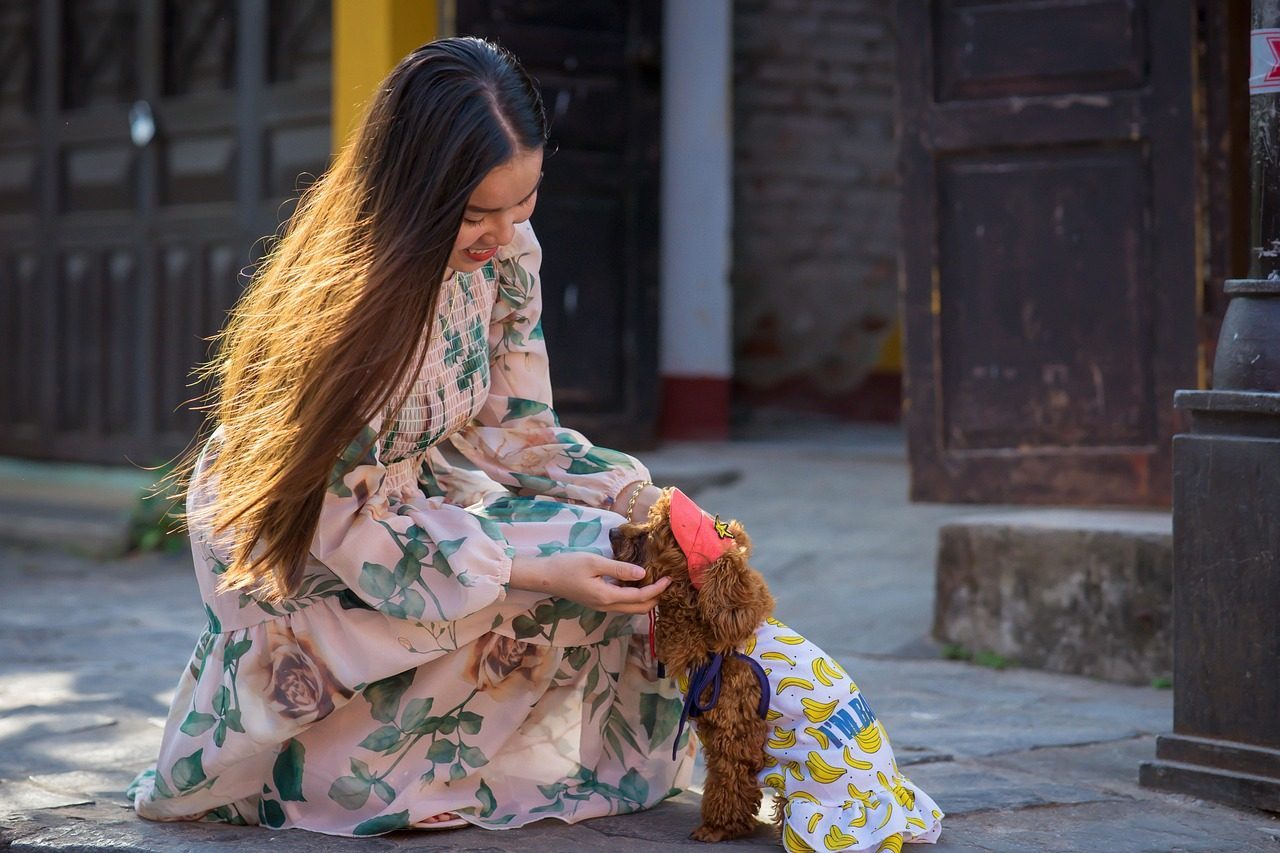
Modern research reveals that genetics plays a crucial role in canine personality, though breed alone cannot predict an individual dog’s behavior patterns. Scientists have found that about half of the variation in measured behaviors across breeds can be attributed to genetics, with traits like trainability, predatory chasing, and attention seeking showing 60 to 70 percent genetic influence.
The domestic dog displays greater levels of morphological and behavioral diversity than any land mammal, shaped by restricted gene flow and generations of intense artificial selection. Think of it like a massive genetic library where centuries of human selection have highlighted specific chapters. Some breeds had their “devotion” chapters emphasized, while others had their “independence” sections strengthened through selective breeding practices.
The Oxytocin Connection
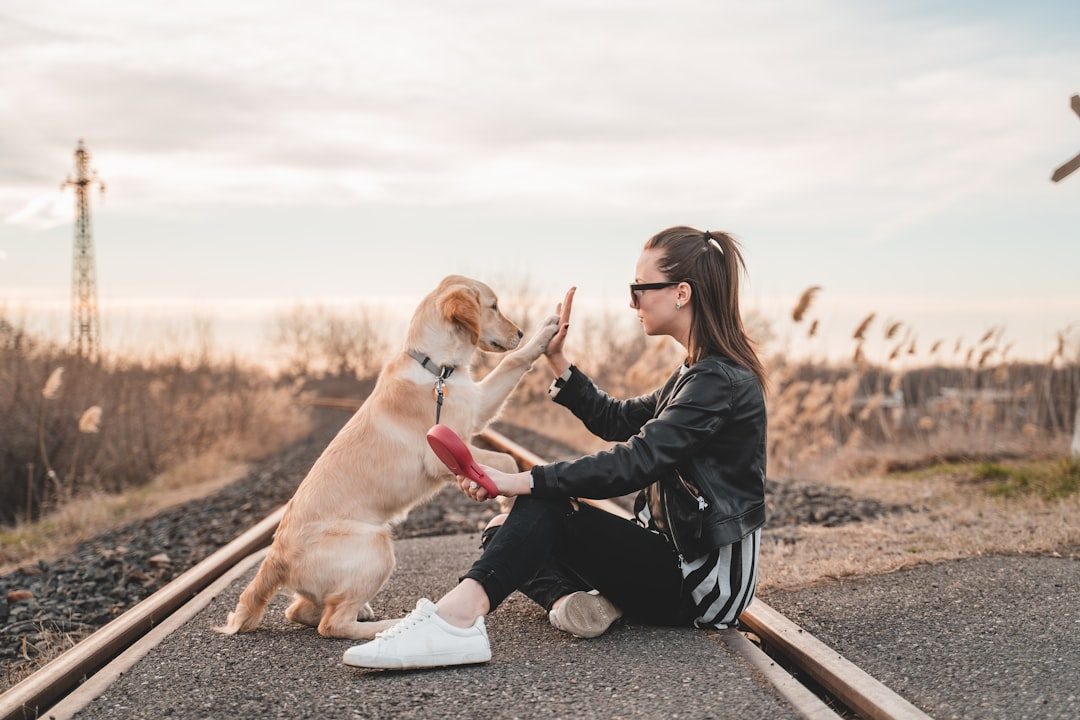
The oxytocin receptor gene (OXTR) is associated with social bonding and trust, functioning as nature’s attachment system. Research demonstrates that human-dog interactions trigger the same oxytocin positive feedback loop as seen between mothers and their infants, which may explain why we feel so close to our dogs.
Studies provide evidence that both genetic variation in the OXTR gene and various aspects of pet dogs’ environmental background are associated with their attachment to their human caregivers. This creates a biological foundation for the intense bonds we observe in certain breeds. When your dog gazes into your eyes, they’re literally activating the same hormonal pathways that bond human parents to their children.
Working Breeds and Human Responsiveness
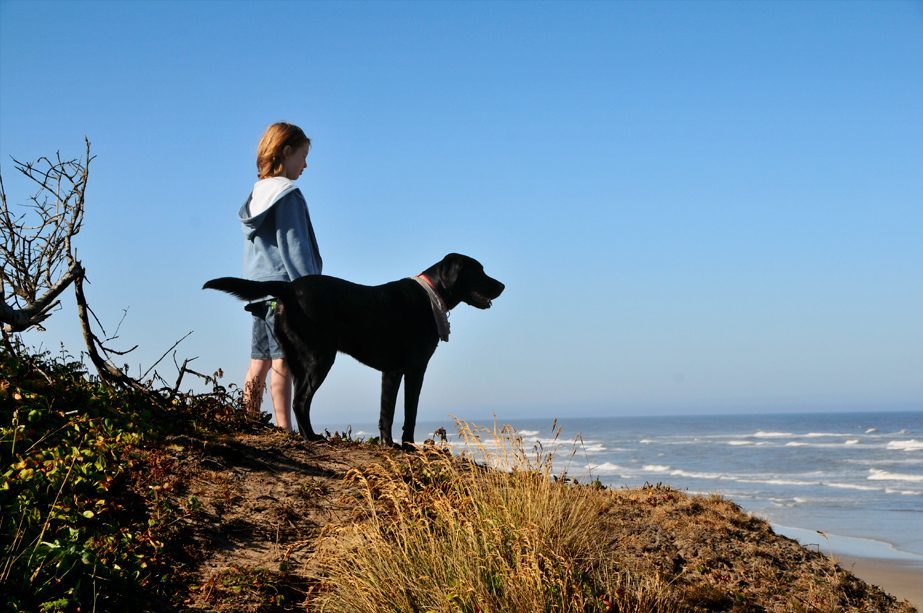
Purebred dog breeds have been developed for specific purposes over hundreds of years, and those traits still define their personalities today even when not used in their intended roles. Traits with the highest heritability are exactly those selected for in particular breeds, such as trainability in Border Collies that must respond to human signals for complicated tasks.
For highly heritable traits like biddability (responsiveness to direction and commands), knowing breed ancestry can make behavioral predictions somewhat more accurate. Border Collies, German Shepherds, and similar working breeds were essentially designed to read human intentions and respond accordingly. This creates an almost telepathic connection where the dog anticipates their owner’s needs before they’re even expressed.
The Neurochemical Dance of Attachment
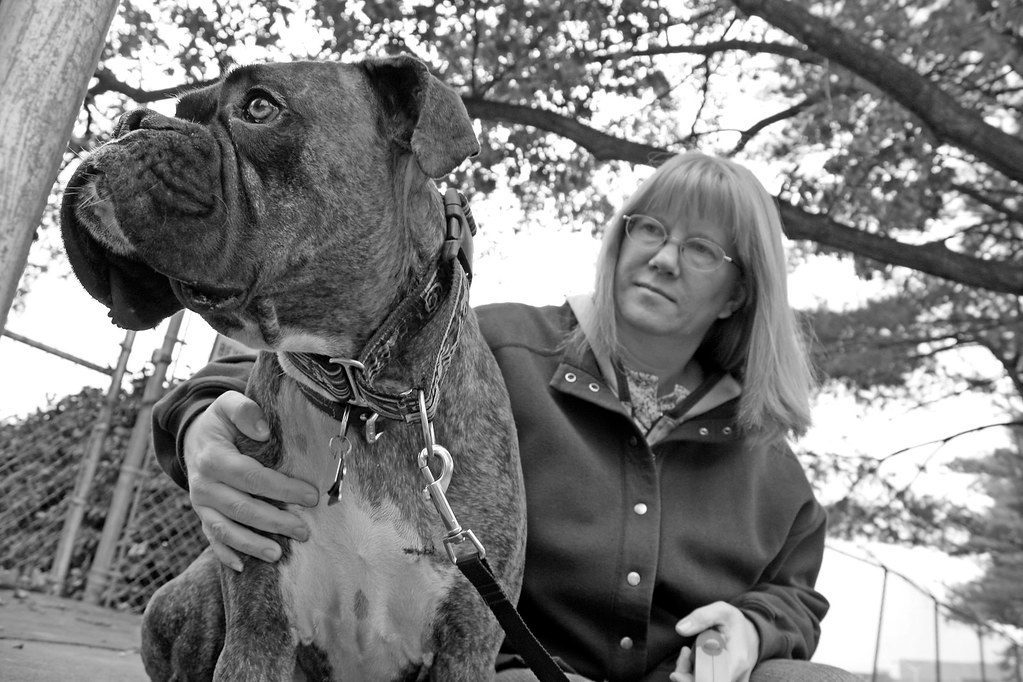
Oxytocin has been shown to be a key mediator of emotional and social behaviors such as attachment and social recognition in humans, with similar involvement in bonding shown in numerous non-human species. When human mothers and children gaze at each other, both brains secrete oxytocin, creating a positive feedback loop that drives more attachment behavior.
Research shows that interaction between dog owners and their dogs results in increasing oxytocin levels in both parties, with higher oxytocin levels related to owners describing their relationship as pleasant and interactive with fewer problems. Picture this neurochemical dance happening every time you and your dog share a quiet moment together. Some breeds are simply better dancers, genetically programmed to lead and follow this biological waltz of connection.
Selective Breeding’s Role in Emotional Intelligence
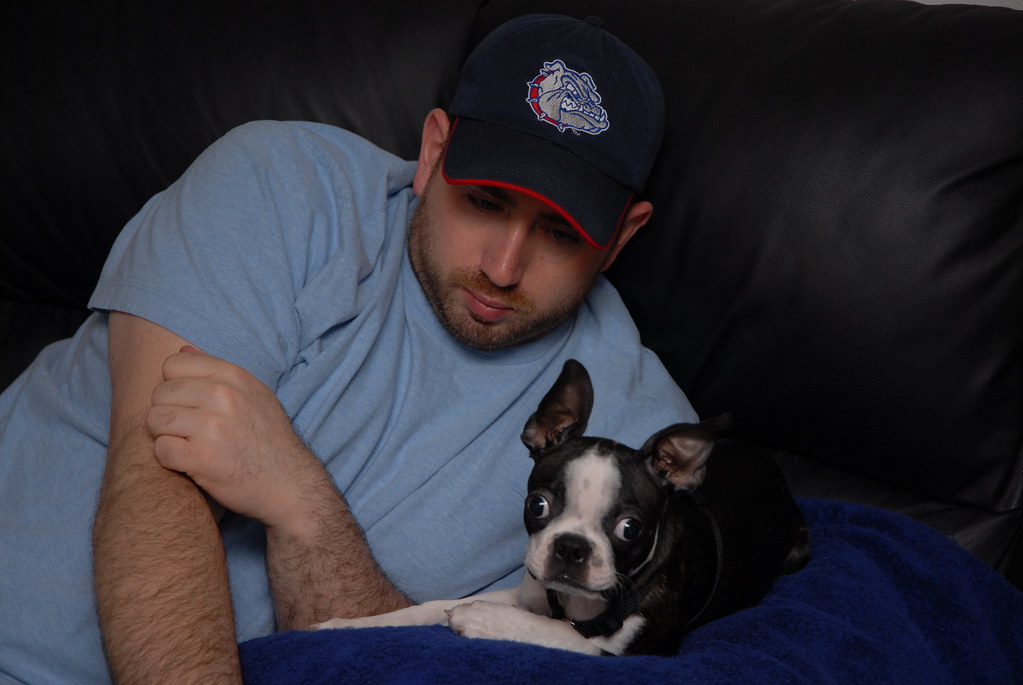
Studies found that about half of behavioral variation across breeds could be attributed to genetics, with traits like trainability, predatory chasing, and stranger-directed aggression showing 60 to 70 percent genetic explanation. Among 101 dog breeds, scientists found that behavioral traits such as trainability or aggression were more likely to be shared by genetically similar breeds.
Humans have been selectively breeding dogs for specific work roles for thousands of years, but it wasn’t until the Victorian era that selection focused on physical traits rather than behavioral ones. Imagine the dedication of generations of breeders who specifically chose the most human-focused, emotionally responsive dogs to continue their lines. This created genetic lineages practically hardwired for deep human connection.
Individual Variation Within Breeds
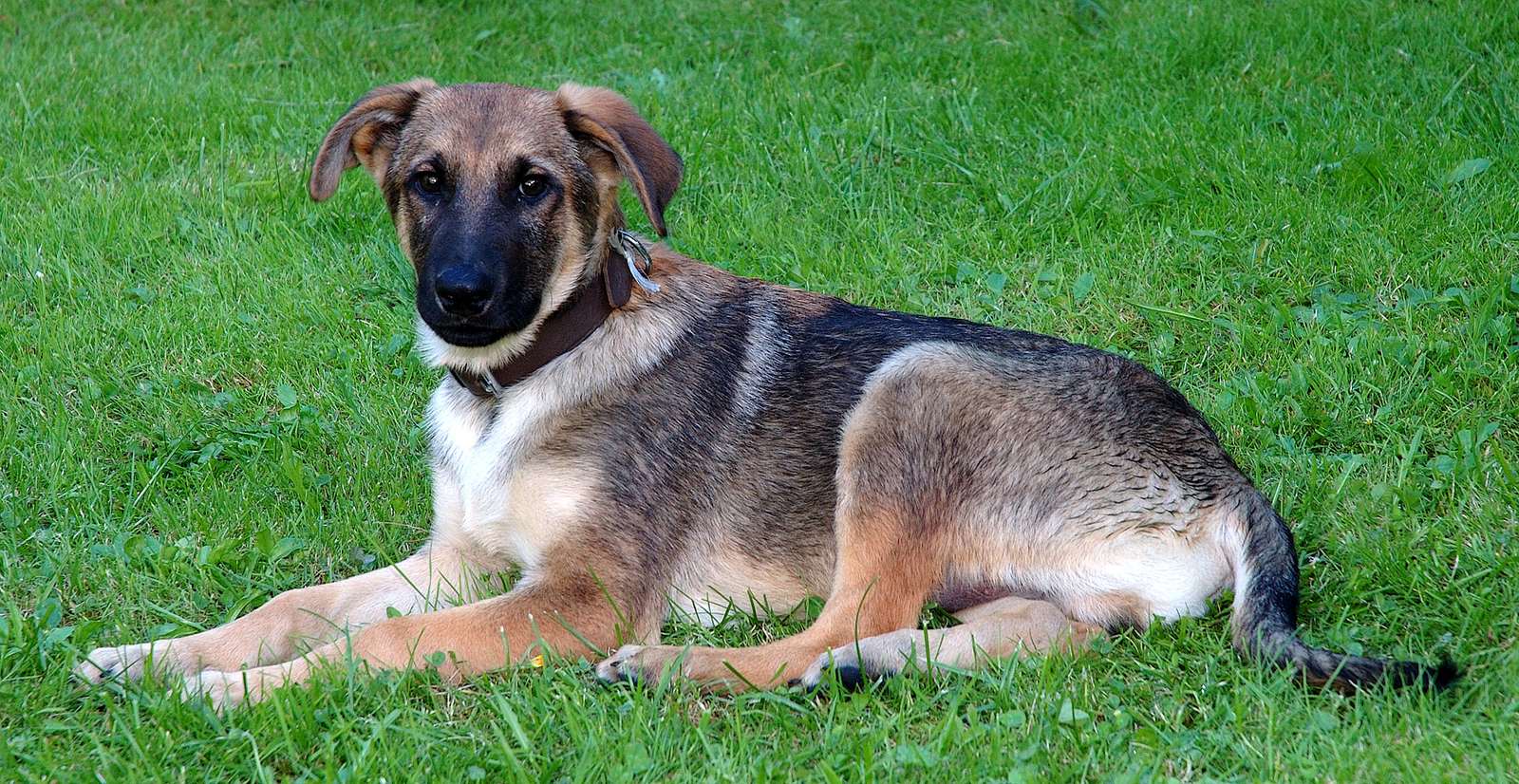
While most behavioral traits are heritable, breed offers little predictive value for individuals, explaining just 9% of variation in behavior, with less heritable traits showing breed as almost uninformative. Researchers failed to find behaviors exclusive to any one breed, with even supposedly breed-specific behaviors showing up across different breeds at varying rates.
Mixed breed dogs have more diverse genetic makeup compared to purebred dogs, with this genetic diversity often leading to improved overall health and longevity. Think of purebred dogs as specialized tools and mixed breeds as Swiss Army knives. While purebreds might excel at specific bonding behaviors, individual mixed breeds can surprise you with their capacity for deep attachment drawn from multiple genetic traditions.
Environmental Factors and Early Development
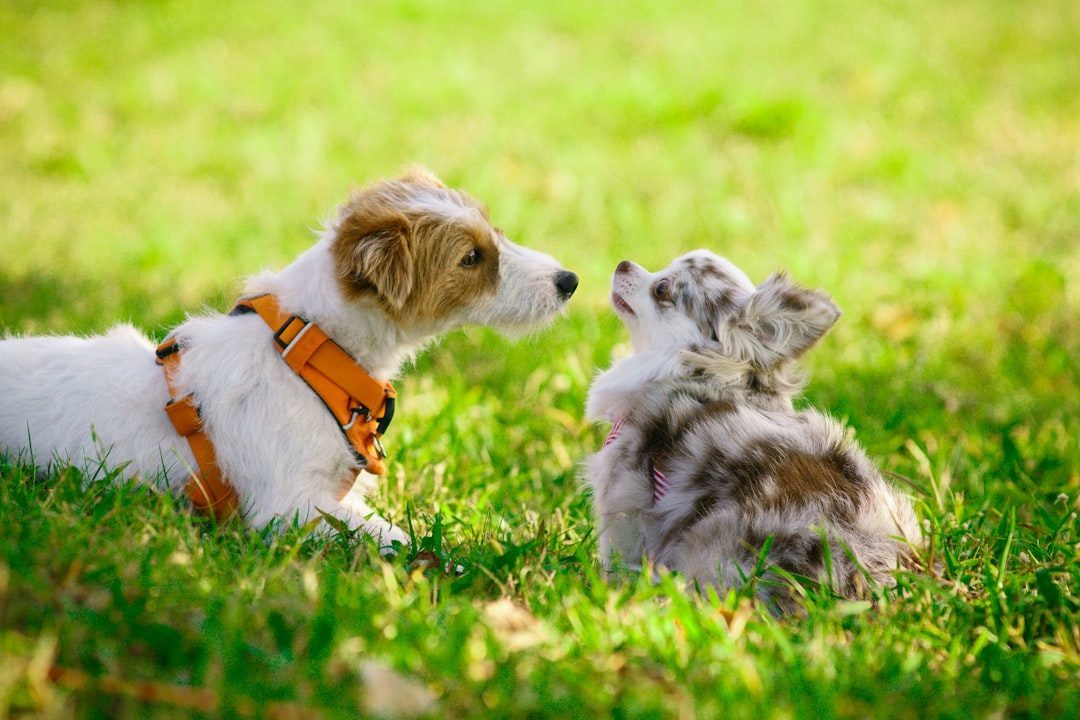
Socialization is the most important factor when bringing home a new puppy, with positive experiences as a young puppy staying with the dog for life and helping it mature into a more confident, well-rounded adult. Significant litter effects indicate either a strong genetic basis for behavioral traits or high influence of shared early environment, with both factors and careful early socialization affecting adult dog behavior.
While genetics play a significant role in shaping dog behavior, training and socialization can also have significant impact, with positive and enriching environments helping modify certain behaviors and encourage positive traits. Even the most genetically predisposed bonding breed requires nurturing during critical developmental periods. The deepest bonds form when genetic potential meets optimal environmental conditions during those crucial early months of life.
Conclusion
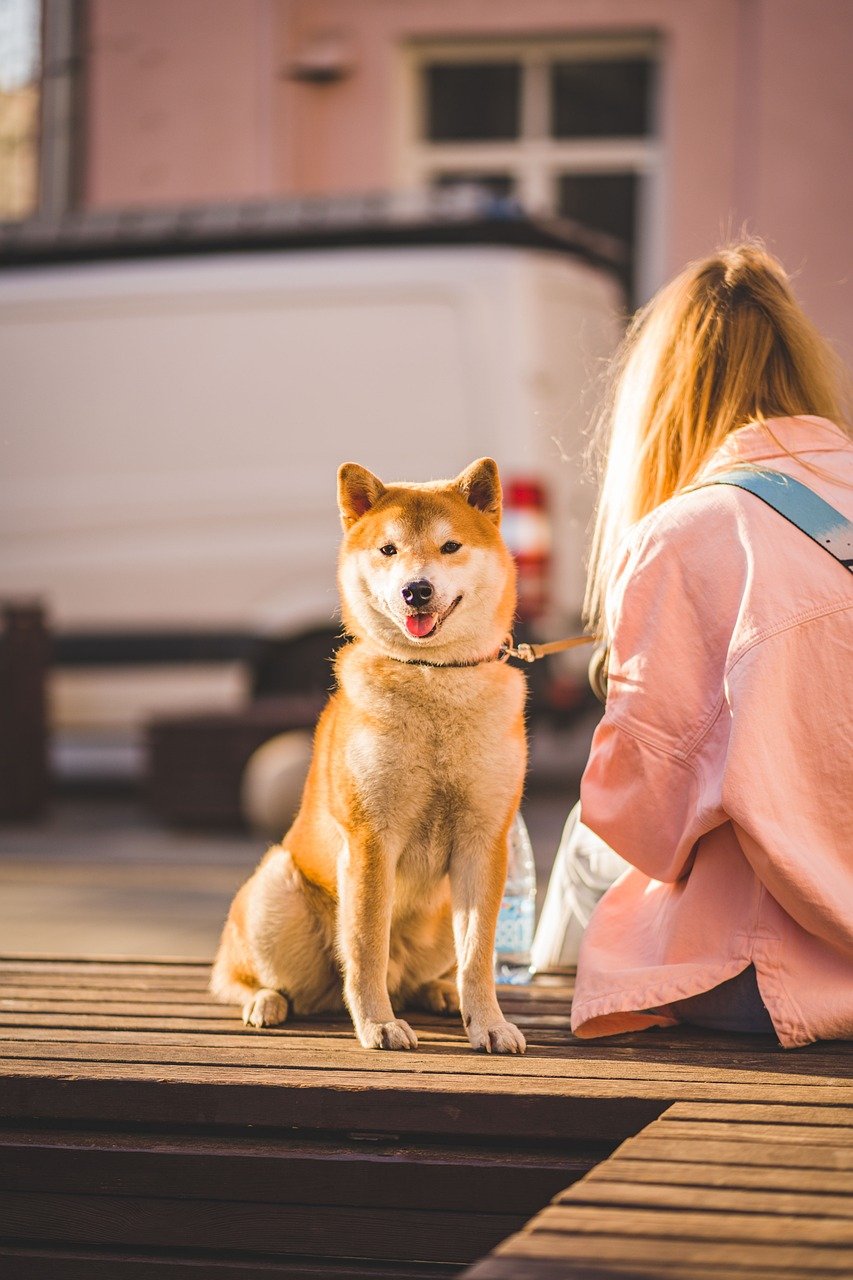
The extraordinary bonds some dog breeds form with their owners result from a perfect storm of genetic predisposition, selective breeding, and neurochemical compatibility. While genetics provide the foundation, individual experiences and environmental factors ultimately determine the depth of each unique human-dog relationship.
Whether you have a naturally bonding breed or a more independent type, understanding these biological and genetic factors can help you appreciate and nurture the special connection you share with your canine companion. What fascinates you most about your own dog’s bonding style?

Andrew Alpin from India is the Brand Manager of Doggo digest. Andrew is an experienced content specialist and social media manager with a passion for writing. His forte includes health and wellness, Travel, Animals, and Nature. A nature nomad, Andrew is obsessed with mountains and loves high-altitude trekking. He has been on several Himalayan treks in India including the Everest Base Camp in Nepal.






